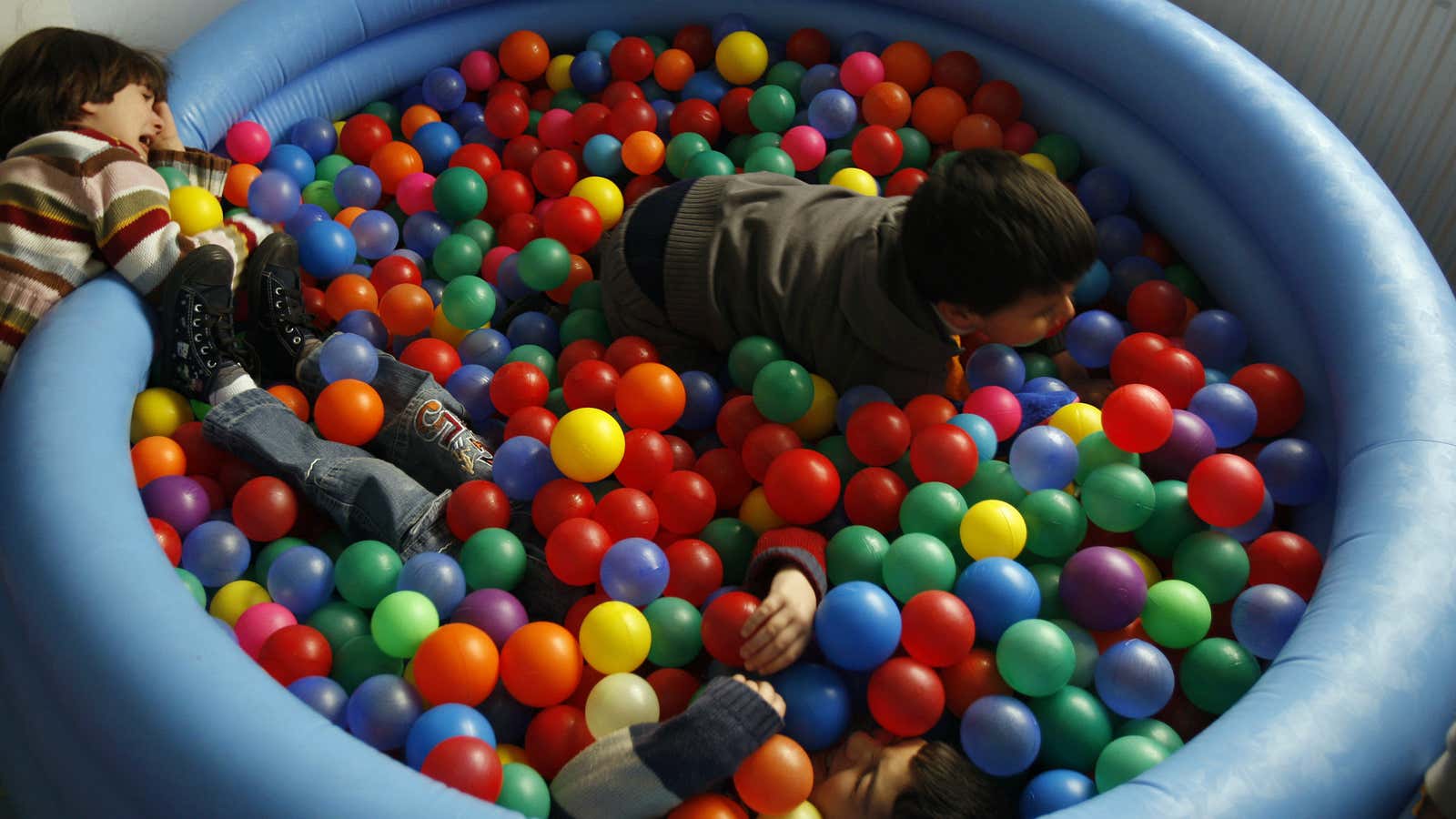Autism, which affects one in every 54 boys in the US, is difficult to diagnose and hard to treat. Treatment options span the spectrum just like the disorder, including everything from applied behavior analysis and sensory integration to vitamins and even therapeutic horseback riding.
But it can take ages to figure out whether a treatment is working.
Using brain scans, researchers in Sweden and the US may have found a way to shorten that timeframe for boys. Malin Björnsdotter, a neurophysiologist, led a study conducted at the Yale Child Study Center with 114 children and adolescents diagnosed as having autism spectrum disorder, as well as atypically developing participants.
Researchers wanted to look at images of social perception circuits—the neural pathways that underpin how we perceive social interaction—in individual’s brain to see how effectively they identified autism spectrum disorder (ASD). They focused on the use of biomarkers, measurable indicators of a biological condition, to measure the function of the social perception circuit of the brain.
While autism experts have long known that people with autism have dysfunction in these circuits from large groups of patient profiles,the ability to identify them in individual scans had not been established. Being able to do that would mean doctors could see on an image if a deficit in that circuitry was improving with treatment, rather than just evaluating behavior change.
They found in boys, the brain scans of the social perception circuits showed impairment, with a 75% accuracy level. “We can now use functional biomarkers to identify what treatments will be effective for individual cases and measure progress,” a release said.
“Behavioral symptoms of autism are so complex and varied,” said Björnsdotter. “It’s difficult to determine whether a treatment is effective in a realistic timeframe.”
The study was published in JAMA Psychiatry.
Autism affects individuals in widely varying ways. Lauren Casper, whose son has autism, writes on a blog for Autism Speaks:
There’s a popular phrase in the autism community – “If you’ve met one person with autism you’ve met one person with autism.” Individuals with autism are as different from each other as the rest of us. Their struggles and successes will vary.
As a result, there is no one-size-fits-all treatment. The trial and error approach can be very frustrating to those affected by the disorder and those caring for them. Brain scans are “a more robust and a better measure of how the brain changes in response to treatment,” said Björnsdotter.
Girls in the study did not show the same response. Boys are five times more likely than girls to be diagnosed with autism.
There were limitations to the study. Brain imaging equipment is expensive and it cannot be used on younger children (the youngest in the study was four). It only tested one particular brain circuit because it was known to be one that is likely to be compromised in autism patients; Björnsdotter notes there are “a gazillion.”
But it is a positive step forward in figuring out how to evaluate treatments, and one that could potentially limit the negative effects of testing new drugs. “You don’t want to expose kids to medical treatment for too long without knowing if there is an effect,” she said.
In the future, the technology could be used for diagnosis, though how to use it for younger children poses a challenge. Early diagnosis means earlier treatment, which can lead to better success.
